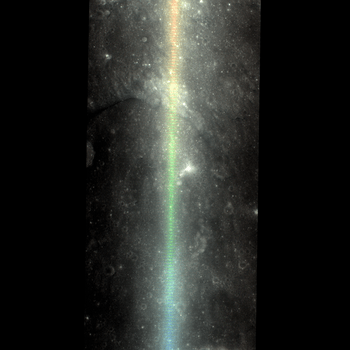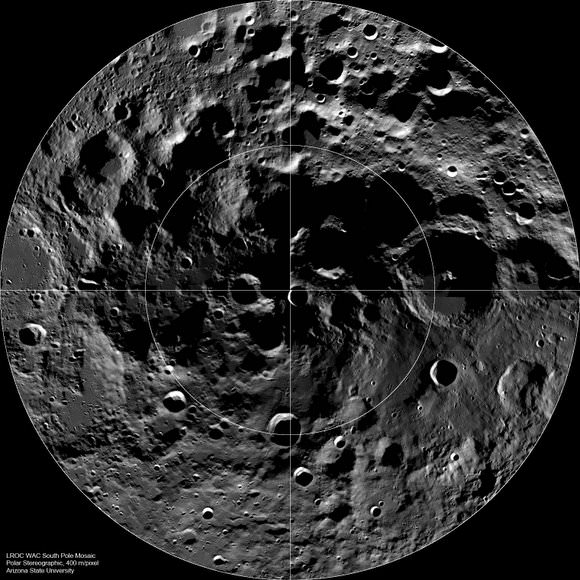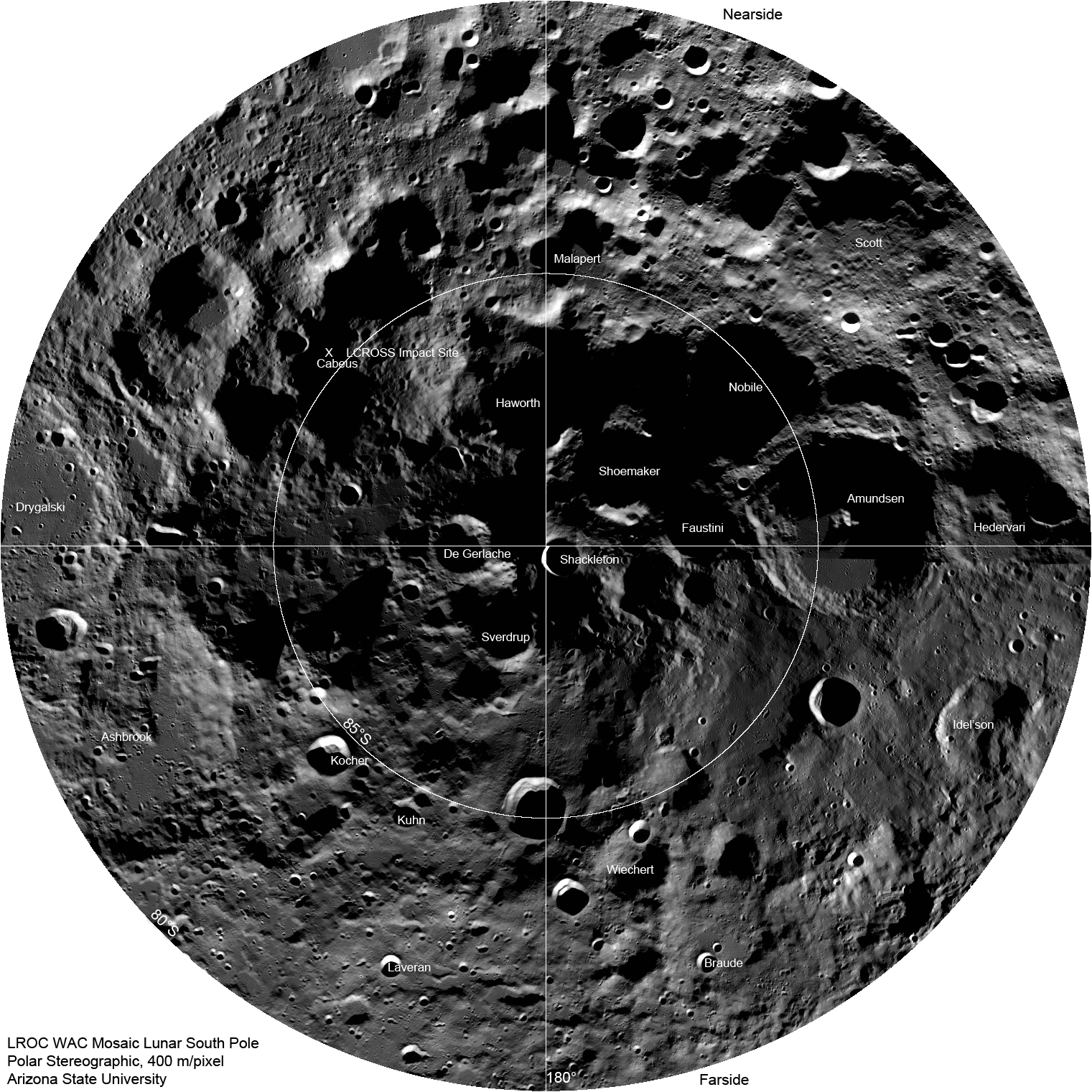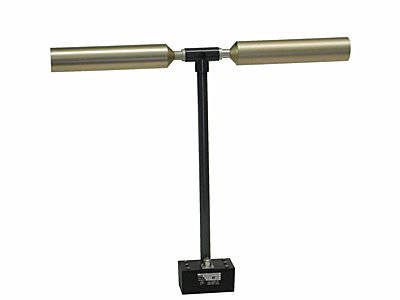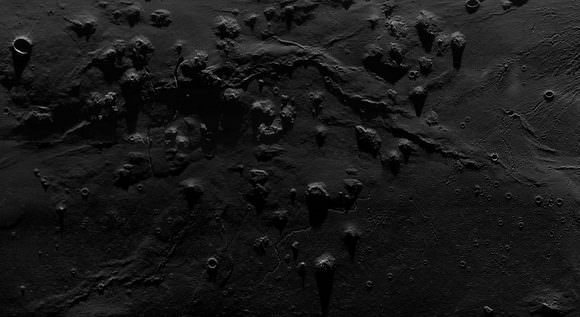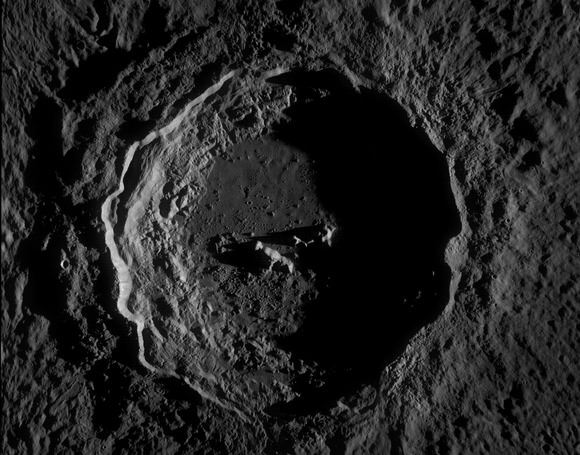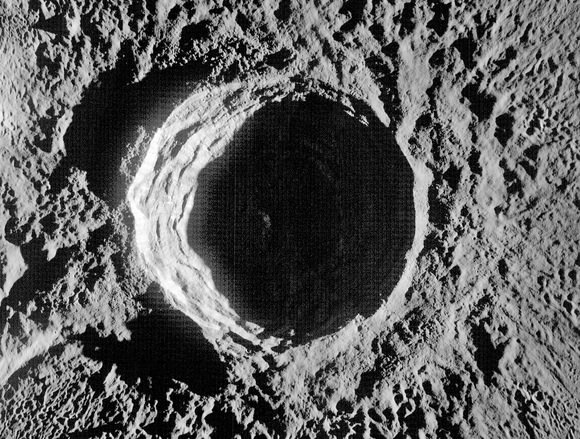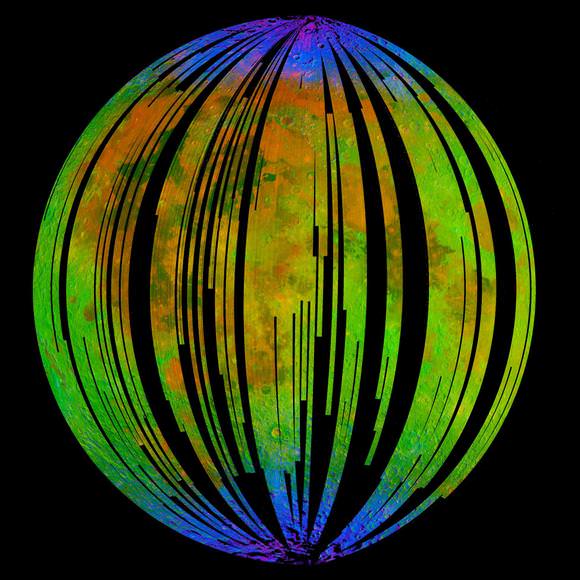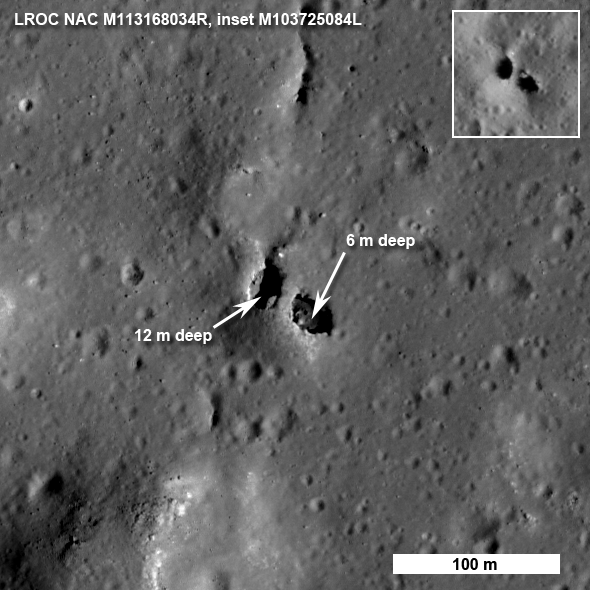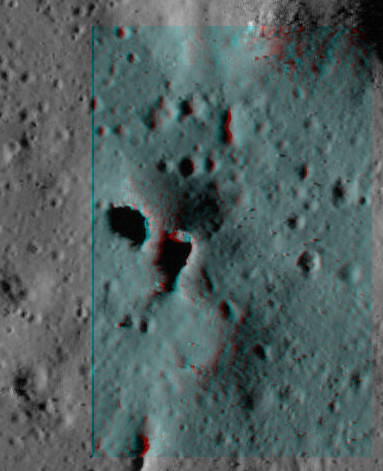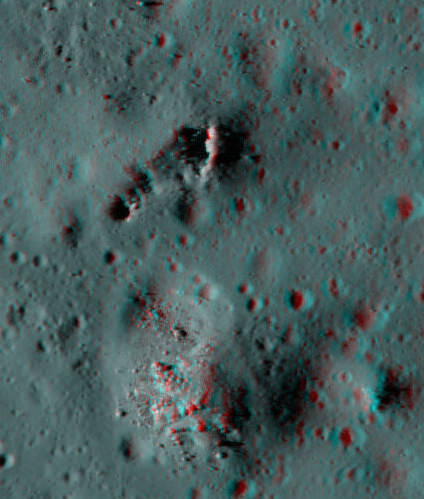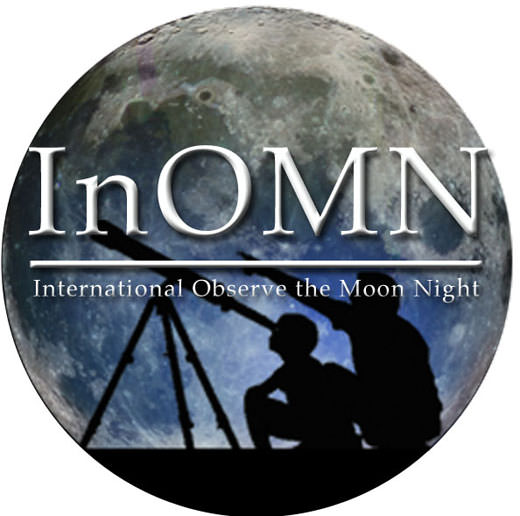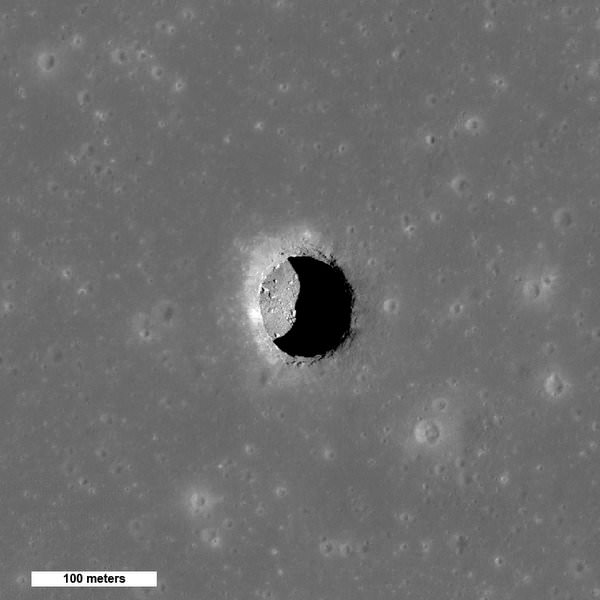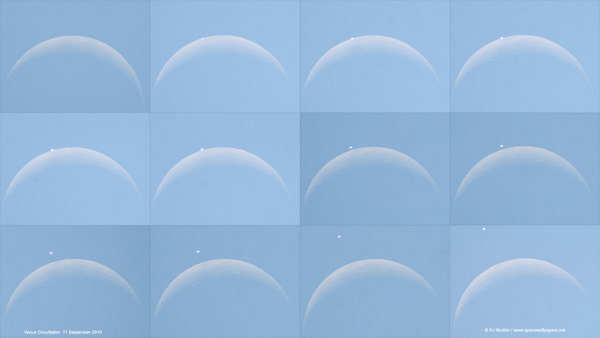[/caption]
There’s nothing like gazing at the Moon on a clear night, especially when you can share it with someone. Why not share it with the world? September 18, 2010 is the first annual International Observe the Moon Night, and this is planned to become an annual event to engage the public and raise awareness about the night sky and particularly the Moon, as well as spreading the word about NASA’s work in lunar research and exploration. Event planners hope to bring people together with both professional and amateur astronomers, and there are events planned all around the world and on the world wide web, as well.
“Last year NASA Ames and NASA Goddard each had individual events that were very successful, so we decided to do it again, but make it bigger and better and ask the rest of the world to join in,” said Doris Daou, who is the Director of Communications and Outreach for the NASA Lunar Science Institute.
Last year’s events celebrated the Lunar Reconnaissance Orbiter’s successful orbit insertion around the Moon and the Goddard Center hosted an event called “We’re at the Moon!” while NASA Ames had a “National Observe the Moon Night.”
“Since this year is now an international event, we have an overarching theme, ‘Seeing the Moon in a Whole New Light,’ which is largely based on the fact that we have all this wonderful new data that has come back during the past year from the Lunar Renaissance Orbiter as well as the Chandrayaan-1 spacecraft and other spacecraft,” said Lora Bleacher the Informal Education Lead for the LRO mission.
“LRO is changing our understanding and our view of the Moon,” said Brian Day, the Education and Public Outreach Lead for NASA’s Lunar Atmosphere and Dust Environment Explorer Mission (LADEE). “All the recent lunar news has raised the public’s consciousness of the Moon to a whole new degree. It’s exciting to see the heightened level of interest that the public has in the Moon now, and our understanding of the moon has changed radically over a short amount of time. So we are giving everyone the opportunity to conduct their own personal explorations of the lunar surface and in doing so learn about how our understanding of the Moon has changed.“
Amateur and professional astronomers will be sharing first hand views of the Moon with the public, for example, the Night Sky Network, which is a collaboration between NASA and the Astronomy Society of the Pacific and is an organization of some 300 amateur astronomy clubs across the US will be holding events. Other NASA centers, museums, and science centers are involved, and the event has also caught on internationally, lead by international partners of the NASA Lunar Science Institute, Astronomers Without Borders, and other groups.
“Not only will people be able to come to a location near them and look through a telescope, which I highly recommend,” said Day, “there will also be presentation by local lunar experts.”
To see if there is an event near you, visit the InOMN website. There are also star charts, Moon maps, and information on how you can host your own event.
You can also follow @observethemoon on Twitter to share your Moon-watching experiences in that venue.
Also, you can listen to a 365 Days of Astronomy/NLSI podcast I did about InOMN.
Moon Zoo is participating with an online challenge for the Zooites to classify 20,000 images between now and the end of September 19th (midnight BST). With everyone’s help they hope to add 440 square kilometers (275 square miles) of features that will be classified on the Moon, which is the size of the Dead Sea, or twice the size of Metropolitan Chicago. In total, Moon Zoo has already provided the lunar science community with information on the locations of craters, spacecraft, and geologic features such as rilles and boulder fields for more than 38,600 square kilometers (24,000 square miles) of lunar terrain. You can follow the progress on the “Moonometer.”
Event organizers are already looking towards the future and keeping the Moon momentum going. Next year’s theme will have a cultural focus to celebrate what the Moon means to people around the world.
“This is an annual event that will happen every year around the same time depending what phase of the Moon we’ll be in,” said Daou, “but also throughout the year we’ll be having bits and pieces of new regarding the Moon on our website, so don’t wait until the Fall to see what is new on our website!

